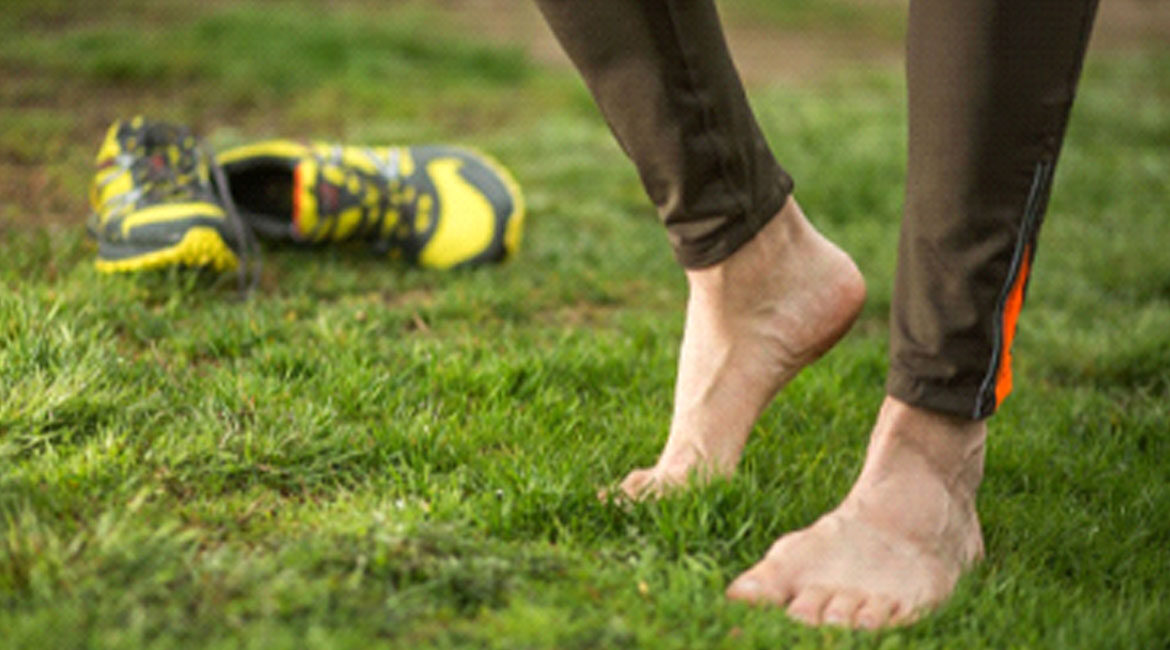Evolutionary biologist Daniel E. Lieberman caused an international uproar almost a decade ago when he published an article showing that running in cushioned shoes encouraged people to hit the ground harder than running barefoot .Lieberman, a professor of biology at Harvard University, also started running barefoot and continued to do so because he enjoyed it. Every spring, after running the Boston Marathon, he would buy his traditional shoes, at least for a pair of shoes, or not at all. The more he ran barefoot, the more restless and safe his feet became. “But I can still feel the earth when my classes were really thin,” says Lieberman.
Now Lieberman and his colleagues have conducted another study at Harvard and Germany and Kenya, published in Nature on Wednesday, confirming his suspicions. This suggests that although the callus thickens as people often walk barefoot, this extra protection does not make them feel inferior. Basically, the hard surface of the callus transmits mechanical force through the foot to the deep nerves inside the skin.
Lieberman and his colleagues measured the sensitivity of the sole to mechanical stimuli, showing that obese people are as sensitive to vibration as those with thin or non-calculus. The researchers compared callus and foot sensitivity among 81 people from western Kenya, some who walked regularly without shoes and some who did not. They collected similar data from 22 people in Boston.
Lieberman says that with cushioned shoes, the stiffness of the sole slows down the speed at which the body hits the ground, making the effect more comfortable, but the force is the same. “The energy that hits your leg is three times greater than in cushioned shoes if you are barefoot, he says. He says it is theoretically possible that this additional effect is behind doubling the rate of knee arthritis since World War II. But there is no concrete evidence to support such a relationship.
In some ways, Lieberman says, walking barefoot is better for the body than wearing deep-soled soles. But he insists it’s not anti-footwear: I’m not saying people shouldn’t wear shoes.” Rather, he thinks that scientists still do not understand the effects of shoes on the body during millions of steps. Lieberman says it would be difficult to study the effects of wearing millions of shoes on millions of feet in humans over more than 70 years, but he is currently exploring the effects of such cushions on the movement of animals.
Balance can also be a disadvantage of soft soles. People’s feet become less sensitive with age. Even if they lose contact with the ground, they could be at greater risk of falling, Lieberman says. According to a study, gymnasts and martial artists go barefoot to enhance their connection to the ground, and Formula One race car drivers wear hard-soled shoes that actually increase their sensitivity .healthy walking. Studies like Lieberman can lead to better designed shoes that complement rather than weaken the body’s natural abilities.

